Stefan Panic and Joe Arsenault used to dream of building things in Minecraft for a living. But until recently, they couldn’t quite figure out how.
While Panic worked odd jobs and lived with his father, and Arsenault climbed the corporate ladder at Best Buy, they ran a 50-person volunteer collective called Noxcrew that built intricate environments and mini-games within Minecraft . To date, their work has been downloaded more than 1 million times. Yet all their attempts at making money–from Patreon donations to ad-supported download pages–have only been enough to cover their hosting costs.

In late 2016, Microsoft reached out with an offer that changed everything: The company wanted to discuss an official marketplace for Minecraft creations, which would allow groups like Noxcrew to sell their work directly to players. Like most of the other creators that Microsoft invited into the program, Panic and Arsenault trusted their guts and gave up their day jobs. Now, they make Minecraft content full-time, with help from 15 paid contractors.“We got the Marketplace opportunity, and it turned from a hobbyist community into an actual business,” Panic says.

Ten months after launching the Marketplace, Microsoft touts plenty of individual success stories like this. There’s the 16-year-old boy who’s paying for college with his Minecraftcreations, the Israeli startup that’s using Minecraft to make empowering content for young girls, and community mainstays like Arsenault and Panic who now have the means to increase their output. Microsoft tells Fast Company that it’s paid out more than $7 million to 49 Marketplace creators since last June–that’s after the company takes its 30% cut–and that people have downloaded Marketplace content more than 25 million times.“When I see the impact that it’s having—engagement with Marketplace content just continues to grow month-over-month—this is something we’re invested in for the long haul,” says Helen Chiang, Microsoft’s head of Minecraft. “And I’m just trying to figure out how we grow as fast as possible.”
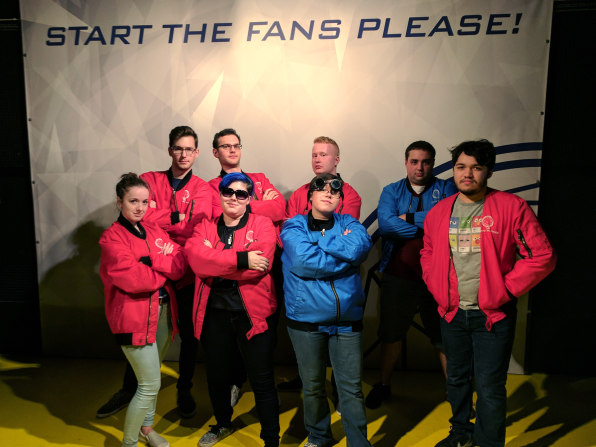
Now comes the hard part. While the Marketplace has already been life changing for a small number of creators, it’s yet to become a meaningful business to Microsoft, which spent $2.5 billion to acquire Minecraft developer Mojang in 2013. With roughly 74 million people actively playing Minecraft as of last December, and lots more creators clamoring to sell their work, the Marketplace could someday become as big a phenomenon as Minecraft itself. But along the way, Microsoft must ensure the safety of its predominantly young audience and avoid alienating its community members–many of whom have spent years building the Minecraft ecosystem for free. There aren’t many examples of companies that have successfully pulled this off.
TAMING THE WILDS
Microsoft isn’t alone in trying to profit off Minecraft‘s existing player base. Over the years, a booming business has emerged around Minecraftservers, which can host lots of online players, offer meticulously crafted environments, and provide items and abilities beyond what’s in the standard game. To support upkeep and development, many of the largest servers sell new items and upgrades for real money.
Until recently, Microsoft and Mojang had taken a hands-off approach to the third-party server business, mainly stepping in to outlaw pay-to-win schemes and brand-sponsored servers. Last summer, however, Microsoft started carving out a piece of the business for itself. Players can now access a few partner servers from a list that appears inside the game, and can use Microsoft’s Minecoins currency–purchased with real money–to buy items within those servers.
The Marketplace is Microsoft’s first step toward monetizing the rest of the Minecraft ecosystem, which involves modifications to the game that players download and install on their own. The Minecraft modding community is immense: CurseForge, a popular modding destination owned by Amazon subsidiary Twitch, hosts nearly 38,000 Minecraftmods, and the most popular ones have been downloaded millions of times. Curse even runs an ad revenue-sharing program that allows modders to earn money from their work.

Still, the vast majority of Minecraft mods only work with the Windows, Mac, and Linux versions of the game (collectively called the Java Edition, named after the programming language in which it was built). In recent years, the mobile and console version of Minecraft (now known as the Bedrock Edition) have become stronger sellers, and while they do support a limited form of user-made content, modding on the Java side is far more popular.Microsoft sensed an opportunity. With the Bedrock Edition, the company could turn modding into a business–both for itself and for creators–while giving parents a safe way to extend the game for their kids.
“We realized how much friction there was for players to find cool creator content in the Java edition,” says Todd Stevens, the director of Minecraft’s partner program. “A lot of times the websites you found it on had viruses and weren’t that safe. Parents were reluctant to give credit cards to some of these websites they didn’t know. We thought, when looking at this from a Bedrock perspective, if we created this safe marketplace . . . that we’d have a better environment for the player.”
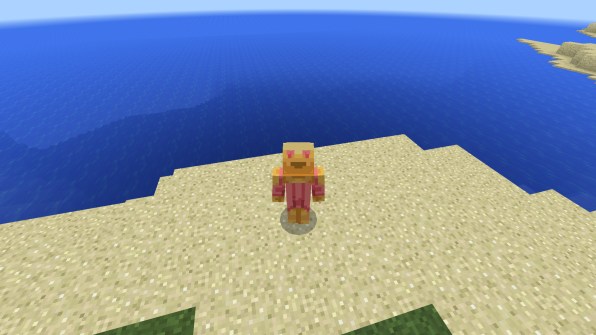
The Marketplace also presents a chance for creators like Jack “Visula” Steckler to make some serious money from their hobby. At age 13, Steckler started making “skin packs” that change how characters look in the game, and Microsoft invited him into the program last year based on the quality of his work. The company only discovered that he was 16 after asking him to sign a non-disclosure agreement.In an email, Steckler says he’s used his earnings to buy a laptop and “a few goodies” for himself and his family, but the vast majority of his profits have gone toward saving for college.
“Coming from a family that can’t afford to pay my college tuition, I knew it was important to use this opportunity to help continue my education and launch my career,” he says.
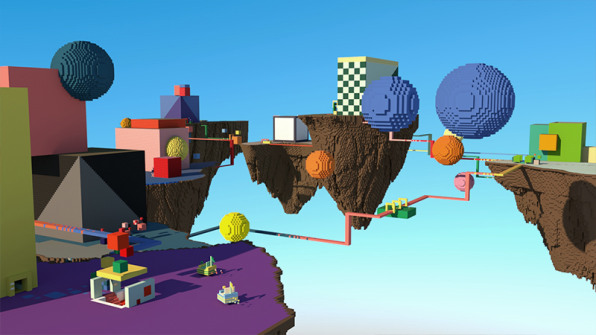
LEARNING FROM MISSTEPS
Trying to profit off a game’s modding scene can easily backfire. In 2015, about a year before Microsoft started planning the Marketplace, Valve announced a plan to offer paid mods—starting with ones for Bethesda’s The Elder Scrolls V: Skyrim—through its popular Steam PC game store. The announcement was a surprise, and the outcry was immediate, with complaints ranging from the meager revenue split (25% for modders, the rest for Valve and the game’s publisher) to the potential for content theft among creators. Valve rescinded its plans four days later. (The company does allow users to create and sell virtual items in a handful of games, and has paid out tens of millions of dollars to creators since 2011.)
To head off a similar backlash, Microsoft decided to give developers 70% of sales revenue before processing fees, which is in line with the revenue split on mobile app stores. Creators also get to retain ownership of their work, so they can theoretically reuse their assets and ideas outside of Minecraft.
“We were in a fortunate position where we could maybe learn from some of the things that had happened with other games,” Microsoft’s Helen Chiang says.
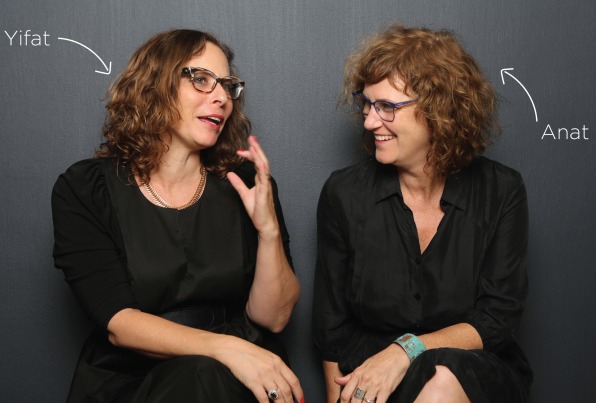
With its Marketplace creators, Microsoft has also tried to preserve the open communication that creators say was the norm with Mojang before the acquisition. Microsoft makes creators aware of its road map so they can plan for new features, and in some cases they can influence that road map themselves. Anat Shperling, the cofounder of an Israeli startup called Toya that makes empowering Minecraft adventures for girls, says some of her ideas have turned into future Marketplace features (though she declines to say exactly what those ideas are).“There is mutual exploration, because the Minecraft Marketplace team is exploring and developing the platform alongside the partners, so it feeds back on our own process, where we impact each other and discover the essence of this platform together,” she adds.
Regardless of how Microsoft approaches paid mods, some backlash would be inevitable—and Minecraft players, unlike Minecraft creators, are naturally wary of monetization schemes. When the company launched the Marketplace last June, complaints abound on forums like Reddit, accusing Microsoft of exploitation (for selling the kinds of content that had been available for free), alleging that the Java Edition might go away, and theorizing that Microsoft would actively remove popular mods from free download sites in order to charge for them.
Microsoft has tried to assure modders that it won’t curb their freedoms, and that the Java version isn’t in jeopardy.
“We’re not taking anything away with the Marketplace, and we encourage the community to continue making and sharing free content,” Chiang says. “Modders, both creators and players, on PC Java are an incredibly important part of the Minecraft ecosystem, and we encourage creativity within Minecraft in all forms and on all platforms.”
Still, there’s a kernel of truth to the criticism: Chiang says Microsoft is looking into a scripting API for Bedrock, which would allow creators to develop mods similar to those that exist on the Java version. As Microsoft opens up the Marketplace to more creators and gives them more sophisticated tools, the most talented creators could certainly decide to sell their work to players instead of giving it away.
The counterargument is that those creators deserve to be paid for their work, and that making a business of it would allow them to increase their output.
“We hope that as the Minecraft Marketplace grows, it will encourage even more players and content development teams alike to create their own work to submit to the Marketplace,” Chiang says.
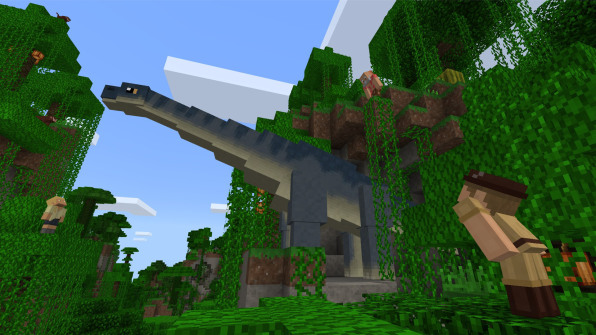
“THOUGHTFUL GROWTH”
When Microsoft announced the Marketplace a year ago, “hundreds and hundreds” of people applied to be part of it, Todd Stevens says. But since then, Microsoft has moved slowly, only letting in nine partners at launch before expanding to the current 49. The challenge now is figuring out how to let in more creators without compromising the Marketplace’s quality or harming creators’ ability to make money.
“We talk about that all the time,” Stevens says. “I use the term around here called ‘thoughtful growth.’ . . . I could have quickly signed up 200 partners, but to be honest, our Marketplace wasn’t ready for that much content and that many partners.”
Initially, for instance, the Marketplace didn’t have a search function or a way to filter results. Microsoft also had to set up an editorial team to play all incoming content, provide feedback to creators, and decide which creations are worth selling and promoting in the store.
Now, Microsoft simply has to hire more people. The company insists on screening all incoming content through human moderators, and Helen Chiang says that’s not going to change anytime soon. She’s aware of how filtering algorithms can fail on sites like YouTube, and isn’t willing to take the same risks with Minecraft, a game with a vast following among kids.
“I would rather spend the extra time making sure the content is safe before it goes up than having to put really strong procedures on how we take down content,” Chiang says. “When I think about the demographics of our user—and we have some that are quite young—I don’t want to be exposing them to content that isn’t safe.”
Staffing up with moderators can easily become an expensive endeavor. One of Minecraft‘s primary competitors is Roblox, a platform that lets players make and share games using Lego-like virtual blocks. Like Minecraft, Roblox caters to a predominantly young audience, and while the company uses automation to detect abuse in multiplayer games, it still subjects every new game submission to human review. To that end, Roblox employs hundreds of people, who accepted 11 million submissions for user-made content last year.
“We have more moderators on our staff than other employees,” says Craig Donato, Roblox’s chief operating officer.
Despite the potential for problems, Chiang acknowledges that scaling up the Marketplace team is one of Microsoft’s top priorities for Minecraft .
“Really this is just based on the capacity of our team and what we’re able to take on, but we’re growing the team and increasing the pipeline of partners that we’re able to bring onto the Marketplace,” she says.
As Microsoft lets new creators into the Marketplace, it must also devise new ways to promote their work. Currently, the company dedicates some store space to items chosen by its editorial team, and will soon sell a “Creators Pack” that bundles the base game with content from Marketplace partners. But Roblox goes a step further, letting creators pay to promote their work in its marketplace. Because these paid promotions rely on the same Robux that players can earn by selling their works, popular developers are able to plow some of their earnings back into advertising for new creators.
“Roblox is not only a platform, but it’s also an economy,” Donato says.
It’s unclear if Microsoft would do something similar, but Stevens floats the idea of a different approach: Instead of lumping everything into one marketplace, Microsoft could open a separate storefront with a more freewheeling approach toward user submissions. Still, even he seems uncertain about whether Microsoft would go down that path.
“You have to be careful with those. We see a lot of those types of digital marketplaces in other games, and you can kind of get lost as a player,” he says. “You’re not quite sure what to spend on, there tends to be a lot of competition on price, so prices race to the bottom, and players don’t reinvest in making more content.”
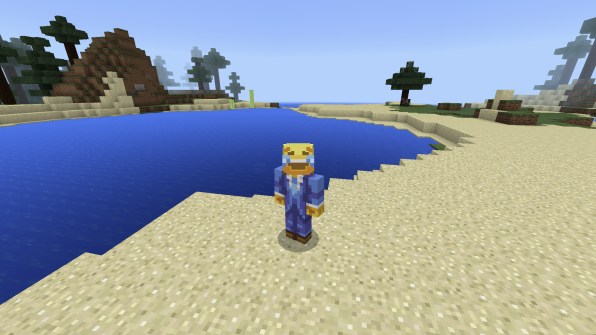
PAYING IT FORWARD
While the Minecraft Marketplace has plenty of challenges ahead, if successful, it could also become a blueprint for the rest of Microsoft to follow.
Minecraft is already showing Microsoft how to handle cross-platform gaming, which the company is now pursuing though its new cloud gaming division. The Marketplace, Chiang says, could also be an example of how other Microsoft games could launch their own stores for user-made content.
“I hope that we are the tip of the spear, especially in thinking about content moving with players across platforms and devices,” Chiang says. “I think that’s something we should celebrate as important to our players. Minecraft is a game that you should be able to play anywhere, and when they purchase something, we hope that they can enjoy that experience on any devices that they have.”
That said, it’s still early days for the Marketplace, and Microsoft won’t say whether it’s considering a similar model for other games. For now, Chiang is just happy to see Minecraft creators turning their hobbies into full-time work–though she’s not surprised it’s working out that way.
“We know that we’ve had a ton of people making content in their spare time,” she says, “and I think it absolutely was part of how we thought about the future for them.”
Inside Microsoft’s Quest To Turn Minecraft Content Into A Business